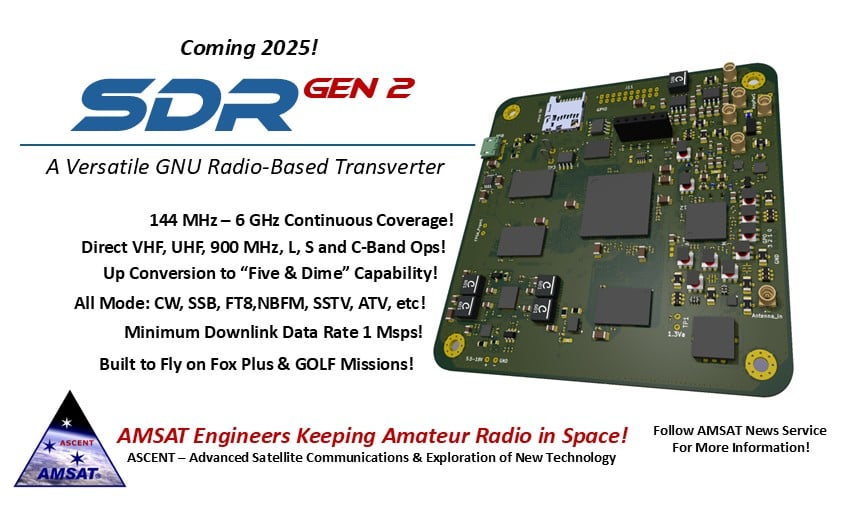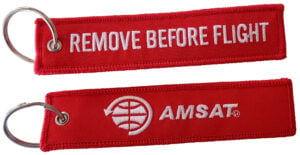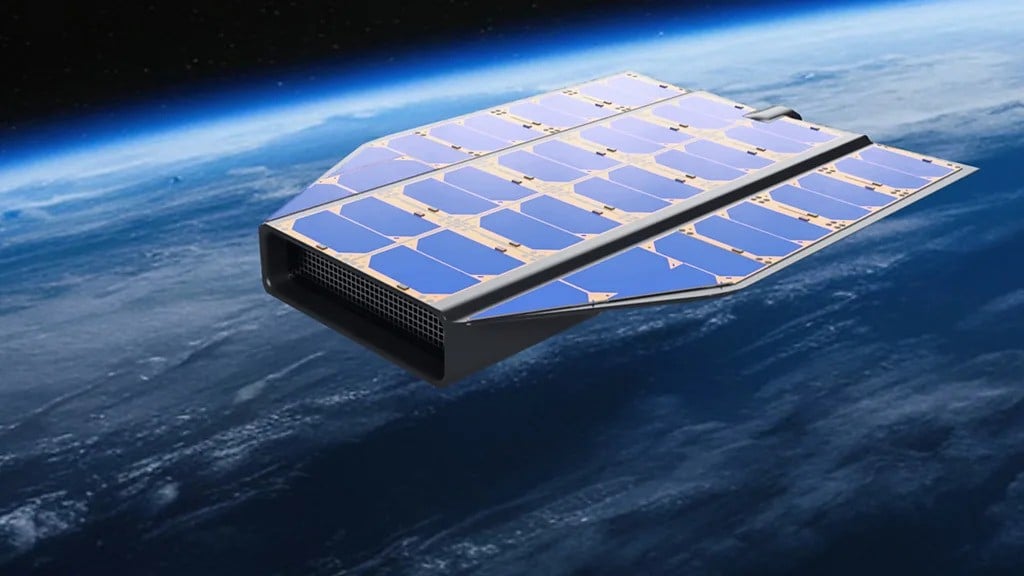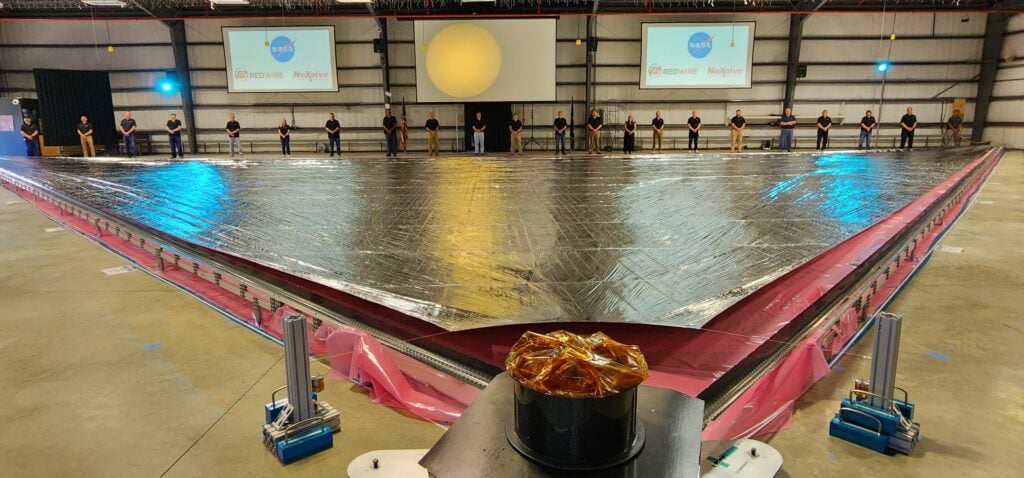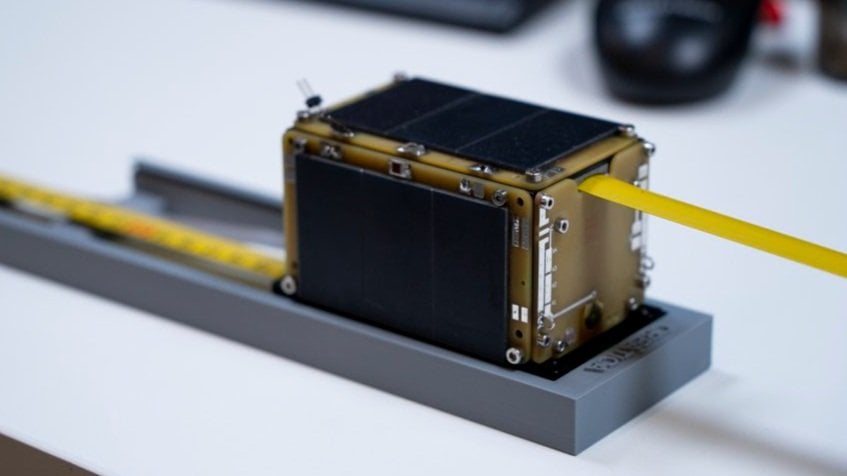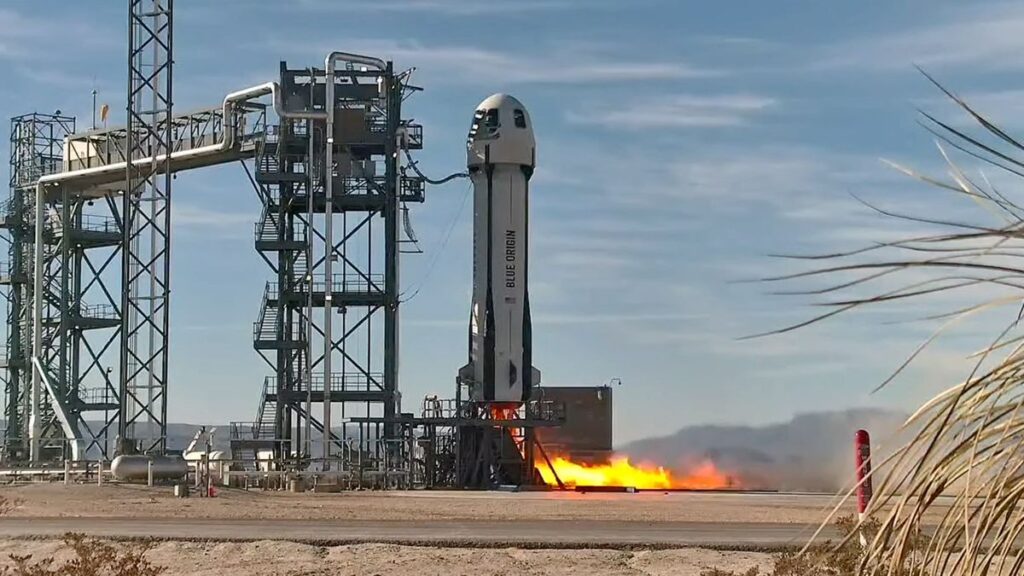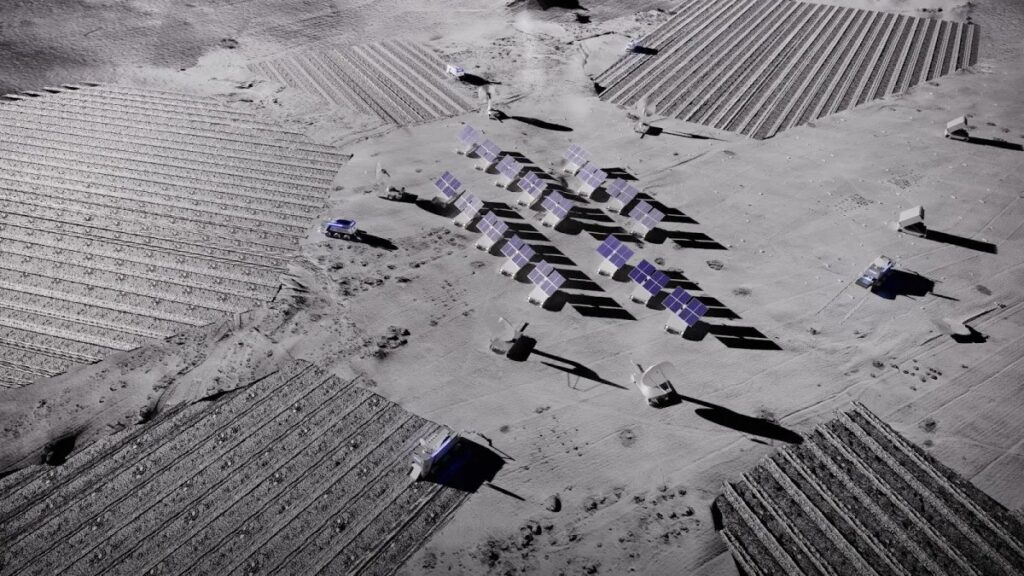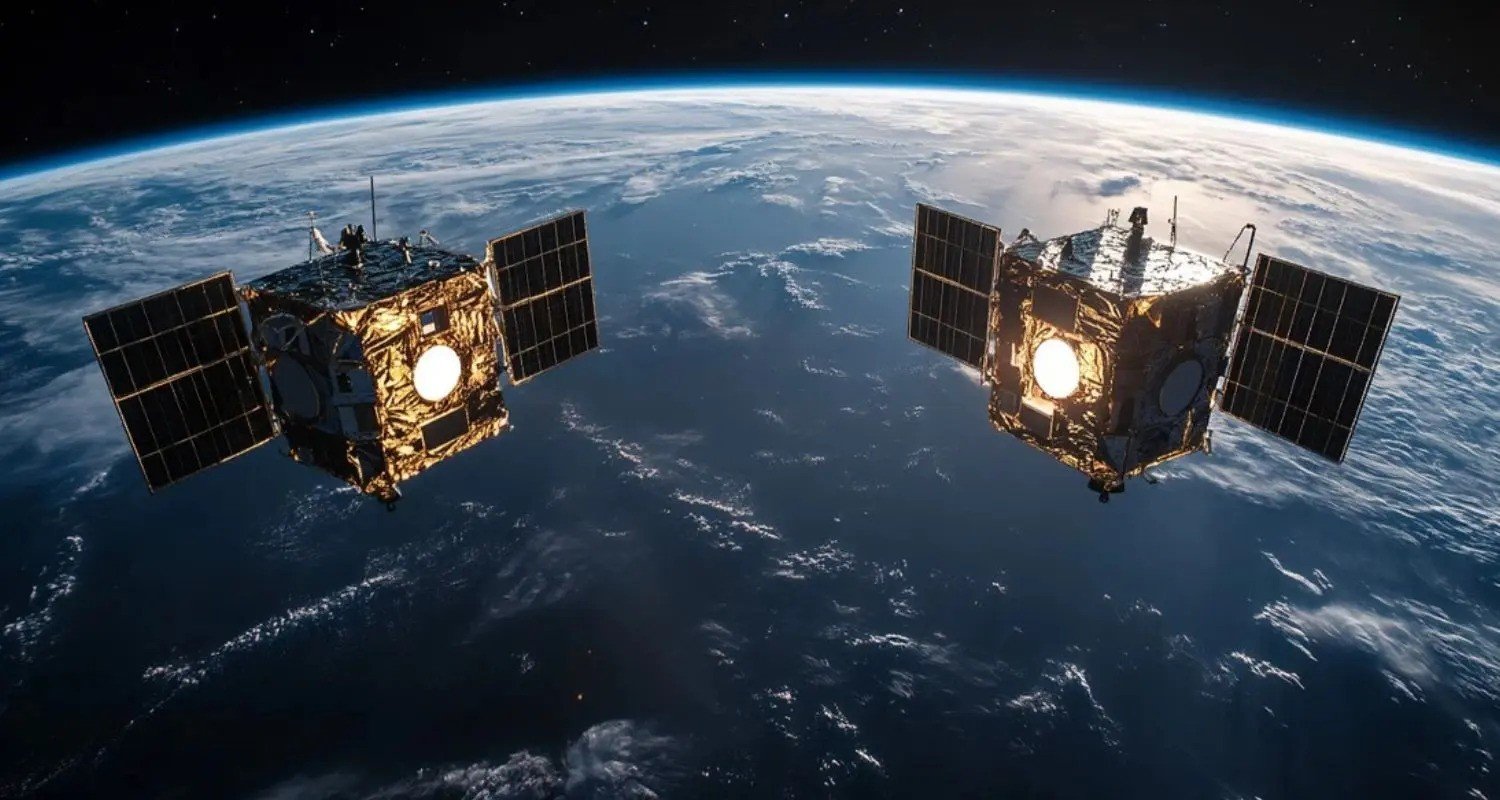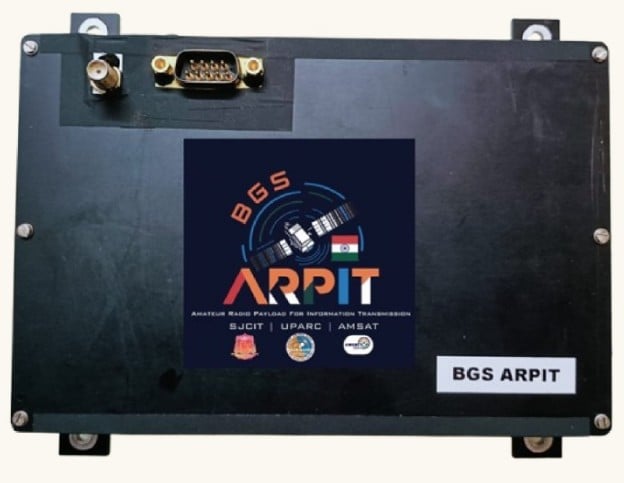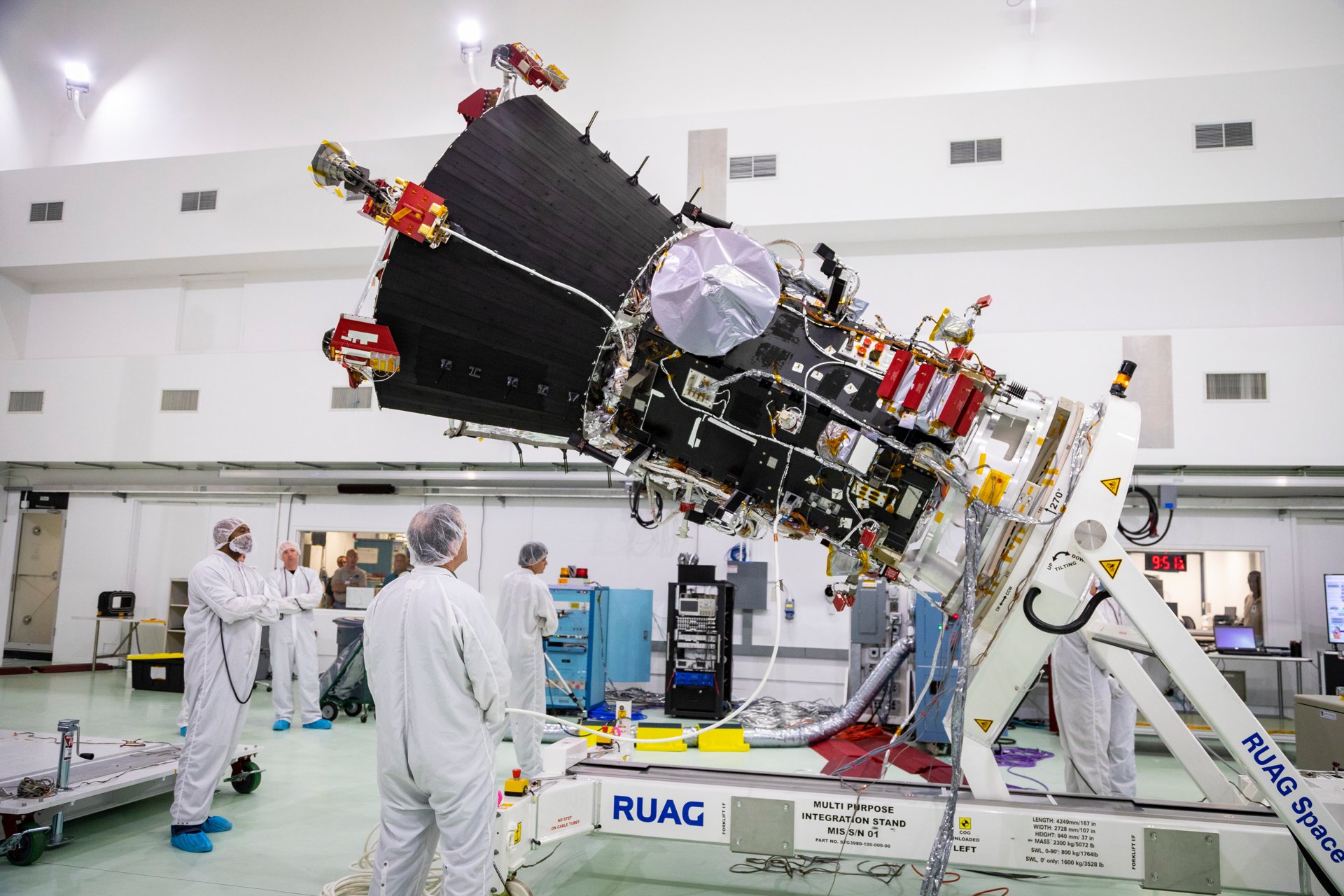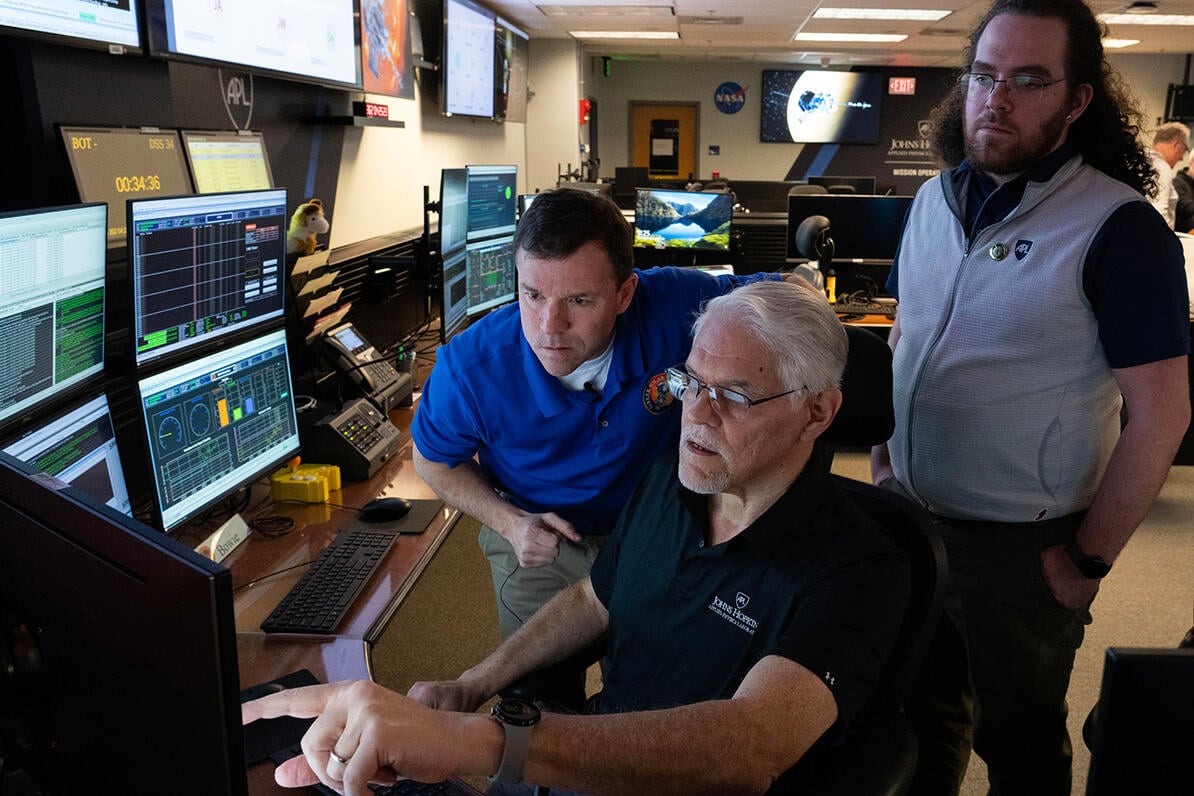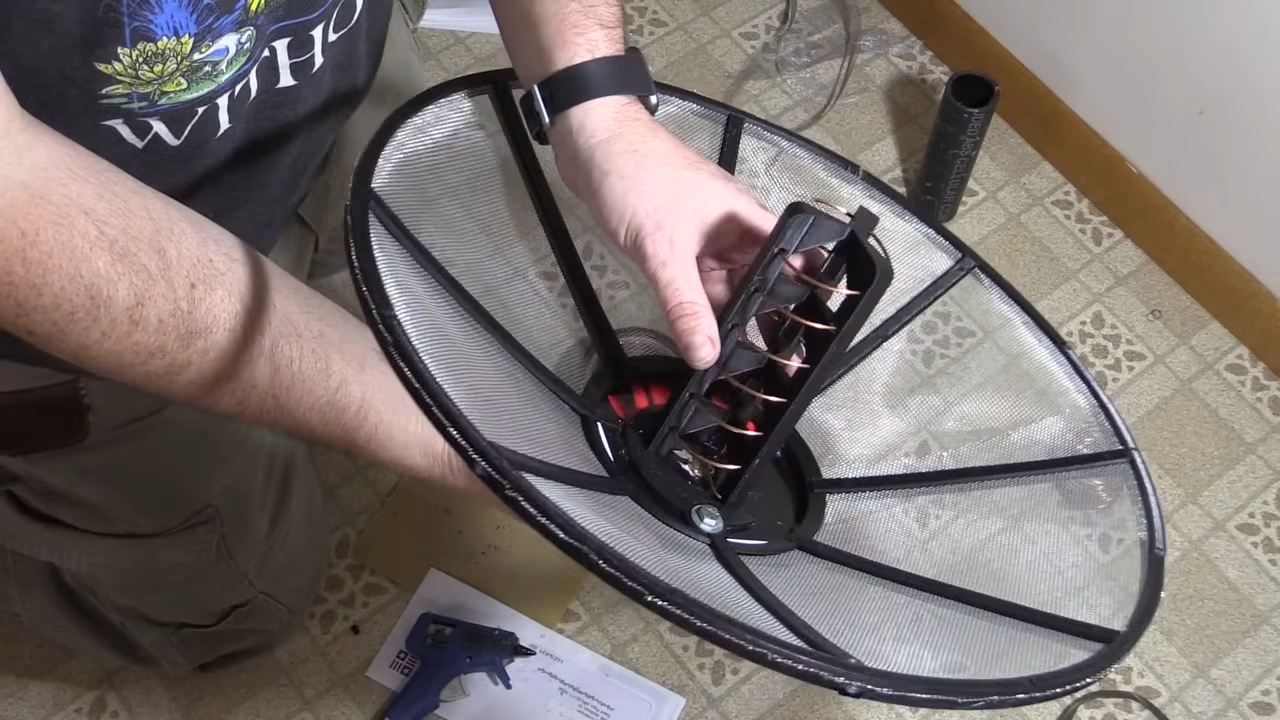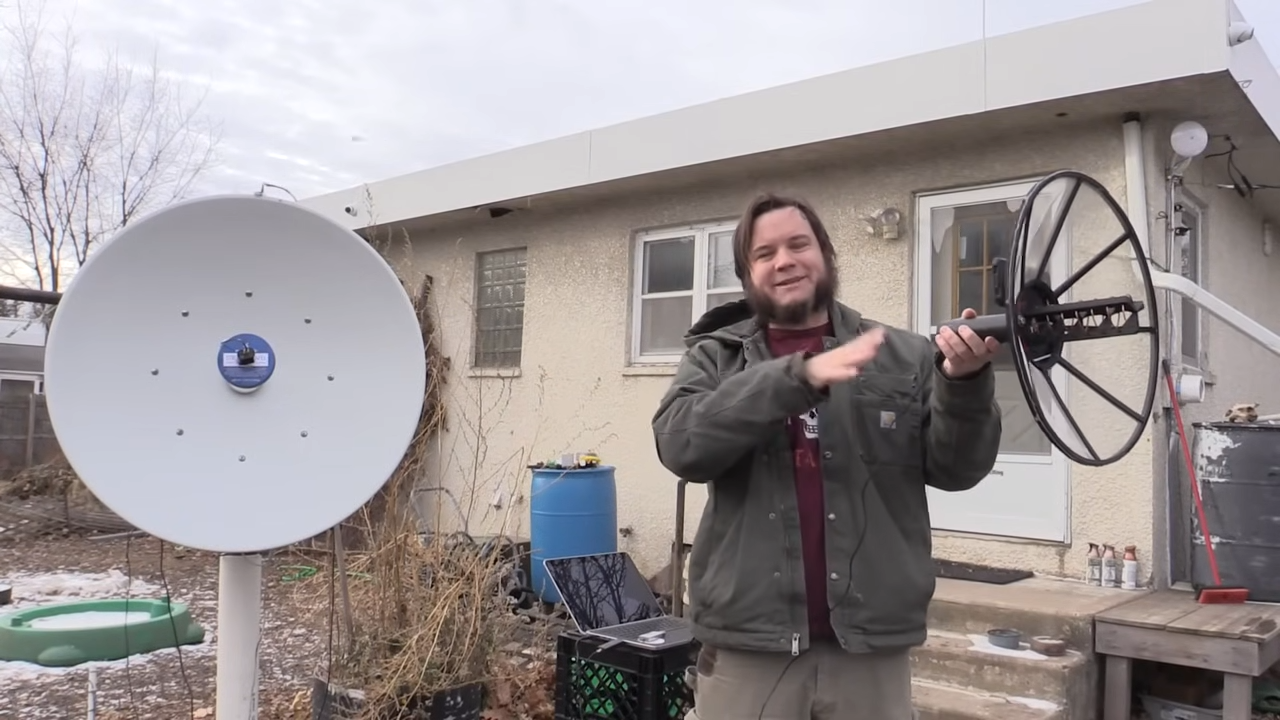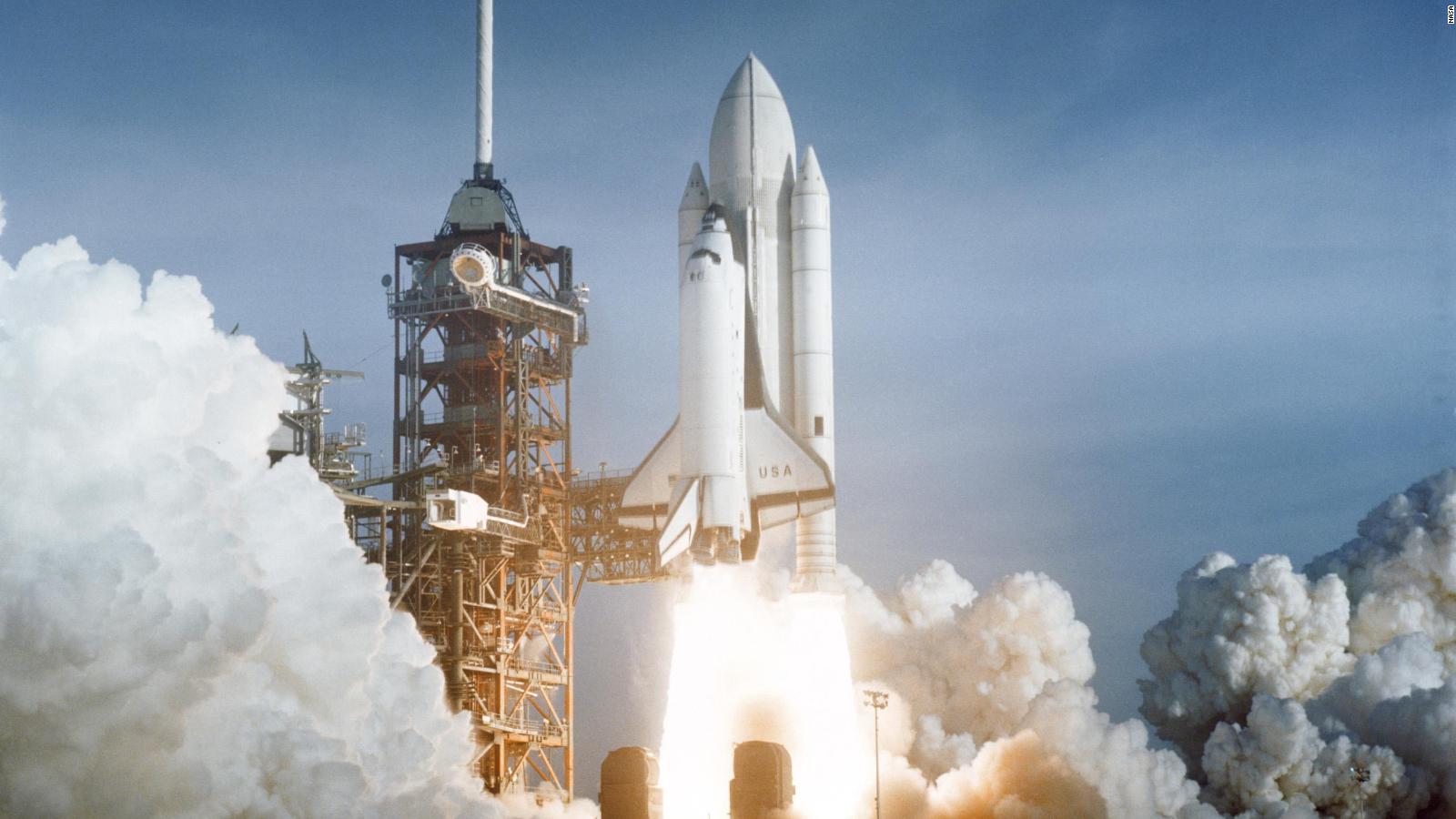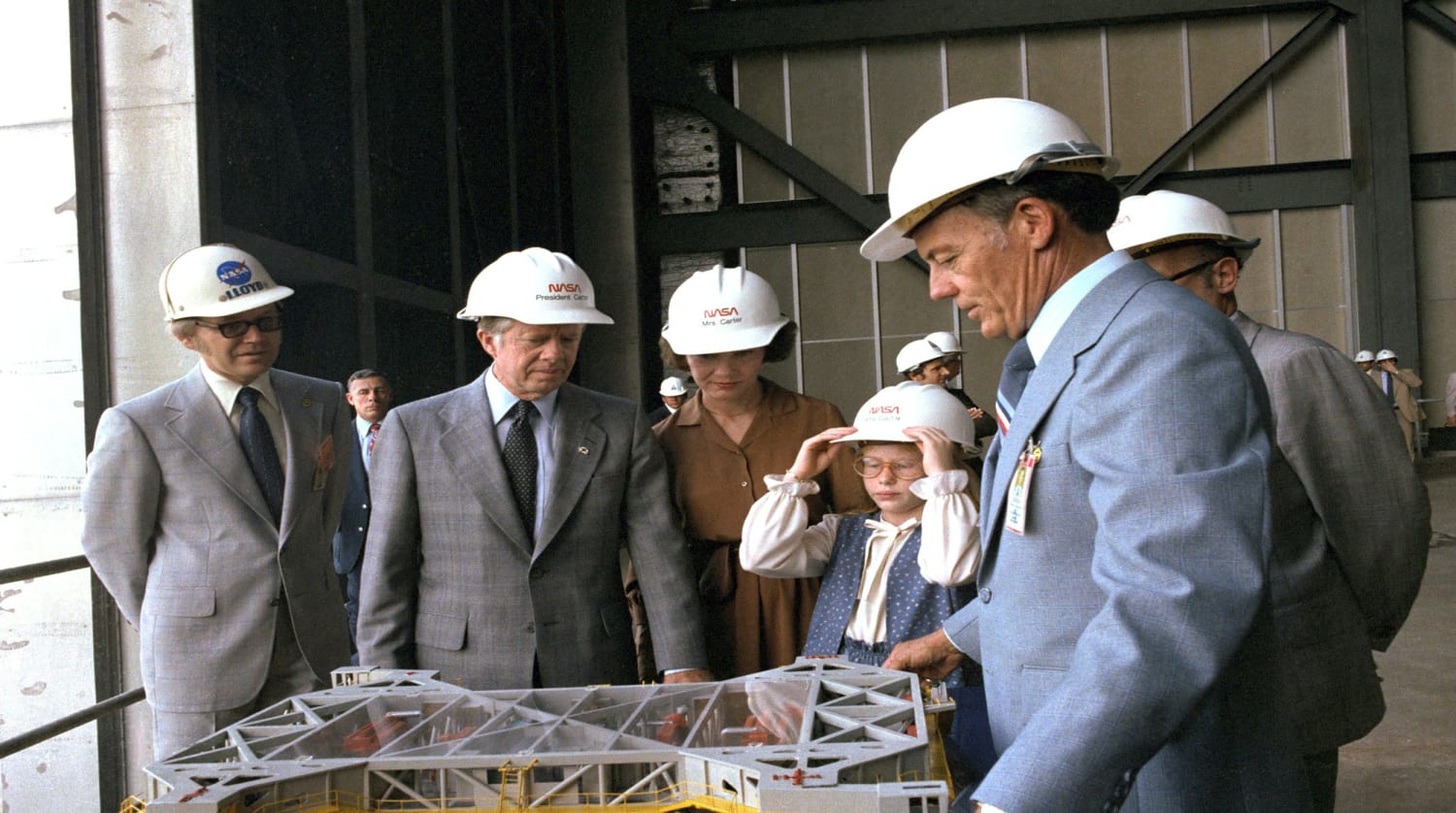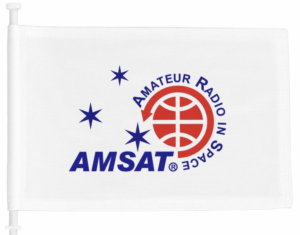In this edition:
* Fram2 Mission Blends Polar Orbit, Amateur Radio, and Private Spaceflight
* Spectrum’s Fiery Debut Marks Bold First Step for Isar Aerospace
* LuGRE Demonstrates Viability of GPS Navigation on the Moon
* VUCC & DXCC Satellite Standings for April 2025
* Changes to AMSAT-NA TLE Distribution for April 4, 2025
* ARISS News
* Upcoming Satellite Operations
* AMSAT Ambassador Activities
* Satellite Shorts From All Over
The AMSAT News Service bulletins are a free, weekly news and information service of AMSAT, the Radio Amateur Satellite Corporation. ANS publishes news related to Amateur Radio in Space including reports on the activities of a worldwide group of Amateur Radio operators who share an active interest in designing, building, launching and communicating through analog and digital Amateur Radio satellites.
The news feed on https://www.amsat.org publishes news of Amateur Radio in Space as soon as our volunteers can post it.
Please send any amateur satellite news or reports to: ans-editor [at] amsat.org
You can sign up for free e-mail delivery of the AMSAT News Service Bulletins via the ANS List; to join this list see: https://mailman.amsat.org/postorius/lists/ans.amsat.org/
ANS-096 AMSAT News Service Weekly Bulletins
To: All RADIO AMATEURS
From: Radio Amateur Satellite Corporation
712 H Street NE, Suite 1653
Washington, DC 20002
DATE 2025 Apr 06
Fram2 Mission Blends Polar Orbit, Amateur Radio, and Private Spaceflight
SpaceX launched the Fram2 private astronaut mission on Monday, March 31st, marking a new chapter in commercial spaceflight. The Crew Dragon spacecraft Resilience carried four private astronauts into a polar orbit—making it the first crewed mission to fly directly over both the North and South Poles. After three and a half days in orbit, the spacecraft splashed down safely in the Pacific Ocean off the coast of California on Friday, April 4th.
One of the mission’s standout features was Fram2Ham, an amateur radio initiative led by mission pilot Rabea Rogge (LB9NJ/KD3AID), a robotics researcher from Germany. On April 1st, just hours after reaching orbit, Rogge conducted the first amateur radio contact ever made from a Crew Dragon spacecraft. Speaking on 437.550 MHz, she answered questions from students at Technische Universität Berlin (TU Berlin) during a live-streamed session focused on STEM topics.
The mission also featured slow-scan television (SSTV) transmissions sent by Rogge using an ICOM IC-705 transceiver. Amateur radio operators around the world tuned in and successfully decoded images sent from orbit. The images were submitted to an online gallery maintained by ARISS (Amateur Radio on the International Space Station), with over 1,100 general entries and more than 110 from student STEM teams submitted during the mission.
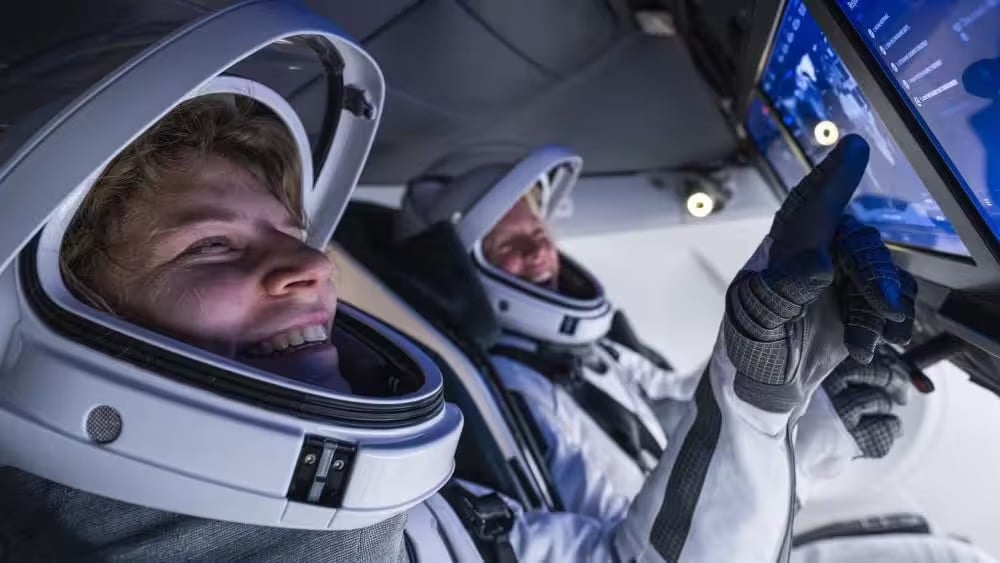
Fram2 also included operational tests with future exploration goals in mind. Following splashdown, the astronauts exited the spacecraft without external help to simulate autonomous egress procedures that may be necessary on lunar or Martian surfaces. The hands-on, self-directed nature of the Fram2Ham project paralleled this emphasis on independence, with Rogge managing transmissions without ground crew assistance.
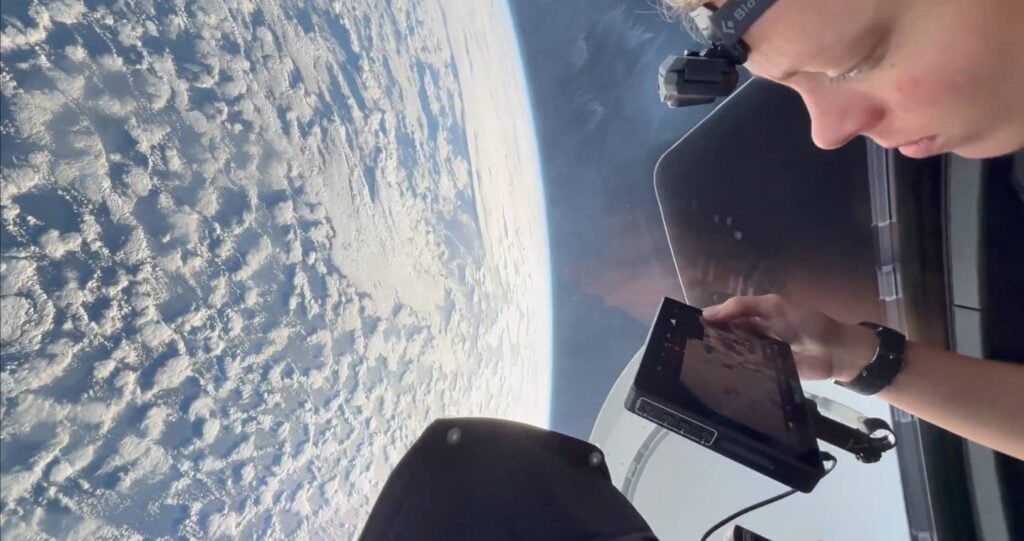
Fram2 was organized and funded by Chun Wang, a Malta-based cryptocurrency entrepreneur originally from China, who also served as the mission commander. He was joined by Rogge, Norwegian cinematographer Jannicke Mikkelsen as vehicle commander, and Australian polar explorer Eric Philips as mission specialist and medical officer. The team conducted 22 research experiments in orbit, including medical imaging, materials testing, and biological studies.
As the first crewed mission to reach a 90-degree orbital inclination, Fram2 provided rare views of polar auroras and remote Arctic landscapes. For Wang, the mission fulfilled a childhood curiosity about the polar regions; for the broader space community, it demonstrated how private spaceflight can combine scientific research, technical innovation, and public outreach—including a successful amateur radio experiment that brought signals from orbit to Earthbound listeners around the globe.
[ANS thanks SpaceNews, ARISS, and Joe Fitzgerald, KM1P, for the above information]
Spectrum’s Fiery Debut Marks Bold First Step for Isar Aerospace
The inaugural flight of Isar Aerospace’s Spectrum rocket ended just 40 seconds after liftoff on Sunday, March 30th, with the vehicle crashing into the sea off Norway’s Andøya Spaceport. The rocket, intended to be the first orbital-class launcher developed by a private European company, lost control shortly after takeoff and triggered its flight termination system before plummeting into the Arctic waters in a fiery explosion.
Isar Aerospace officials acknowledged the failure but emphasized the value of the flight. “Today, we know twice as much about our launch system as yesterday before launch,” said Daniel Metzler, Isar’s co-founder and CEO. The company released multiple replays of the short flight, including a drone-captured video, underscoring a level of transparency uncommon in the space launch industry. Metzler praised the team’s achievement, framing the test as a crucial step forward in a long-term development process.
The Spectrum rocket lifted off at 1030 UTC, generating over 150,000 pounds of thrust from its nine engines fueled by liquid propane and liquid oxygen. Trouble emerged about 15 seconds into the flight as the rocket began to oscillate and tumble, eventually flipping upside-down. With the rocket’s propellant tanks still nearly full, its impact created a massive fireball visible from the snowy Andøya landscape. No injuries were reported, and the launch pad remained intact.
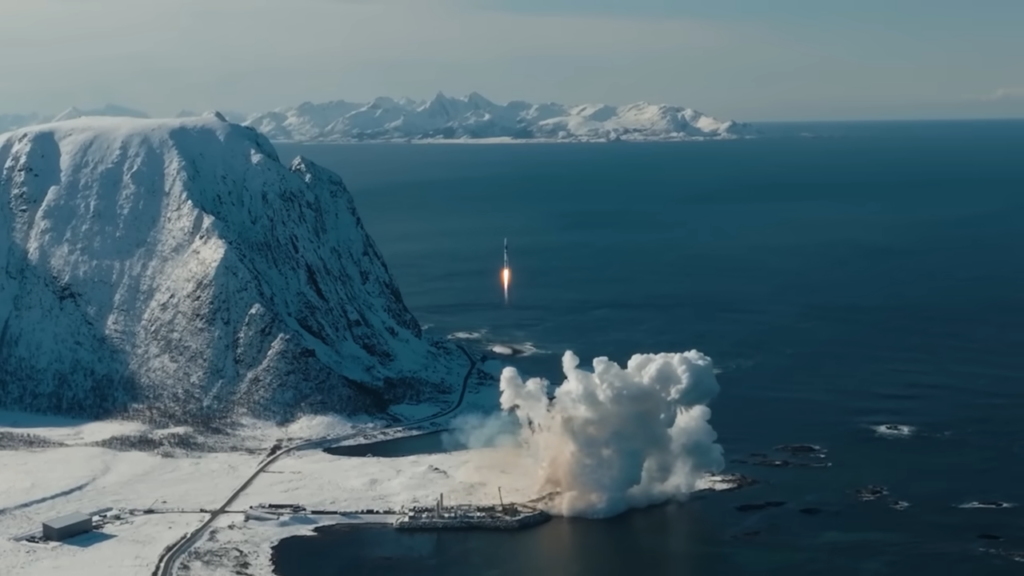
Founded in 2018, Isar Aerospace has raised over 400 million euros in private and institutional funding, making it the most well-capitalized among Europe’s emerging private launch companies. Supporters include the European Space Agency, Germany’s government, and the NATO Innovation Fund. ESA director general Josef Aschbacher praised the flight as a vital learning opportunity, while German vice chancellor Robert Habeck hailed the launch as evidence of Europe’s growing technological independence.
Isar is already building its next two rockets and plans to iterate quickly, following a strategy modeled after SpaceX’s fast-paced test-and-repair cycle. While the loss of the first Spectrum rocket marks a setback, company officials maintain that success lies not in perfection but in progress. “We’re super happy,” Metzler said. “Now it’s time to analyze all data, learn, iterate, and be back on the launch pad as soon as possible.”
“We’re super happy,” Metzler said in a press call after Sunday’s flight. “It’s a time for people to be proud of, and for Europe, frankly, also to be proud of.”
[ANS thanks the Stephen Clark, Ars Technica, for the above information]
The 2025 AMSAT President’s Club Coins Have Just Arrived!
Celebrating the 40th Anniversary of Amateur Radio on Human Spaceflight
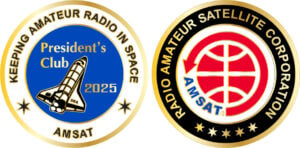
Help Support GOLF and Fox Plus.
Join the AMSAT President’s Club today!
LuGRE Demonstrates Viability of GPS Navigation on the Moon
NASA and the Italian Space Agency have achieved a historic milestone with the successful conclusion of the Blue Ghost mission, which delivered the Lunar GNSS Receiver Experiment (LuGRE) to the Moon. LuGRE became the first technology demonstration to acquire and track Earth-based navigation signals from the lunar surface, proving that Global Navigation Satellite System (GNSS) signals—including GPS and Galileo—can be used to support autonomous navigation on the Moon.
The ability to receive and process GNSS signals approximately 225,000 miles from Earth opens new possibilities for future lunar and deep space missions. By reducing reliance on Earth-based tracking, missions like NASA’s Artemis program could benefit from real-time, onboard navigation systems similar to those used on Earth.
LuGRE was delivered by Firefly Aerospace’s Blue Ghost lander, which touched down on the Moon on March 2nd. Science operations began shortly after landing, and by 2 a.m. EST on March 3rd, the LuGRE payload had successfully acquired and tracked GNSS signals from the Moon’s surface, achieving a navigation fix and marking a first in space exploration.
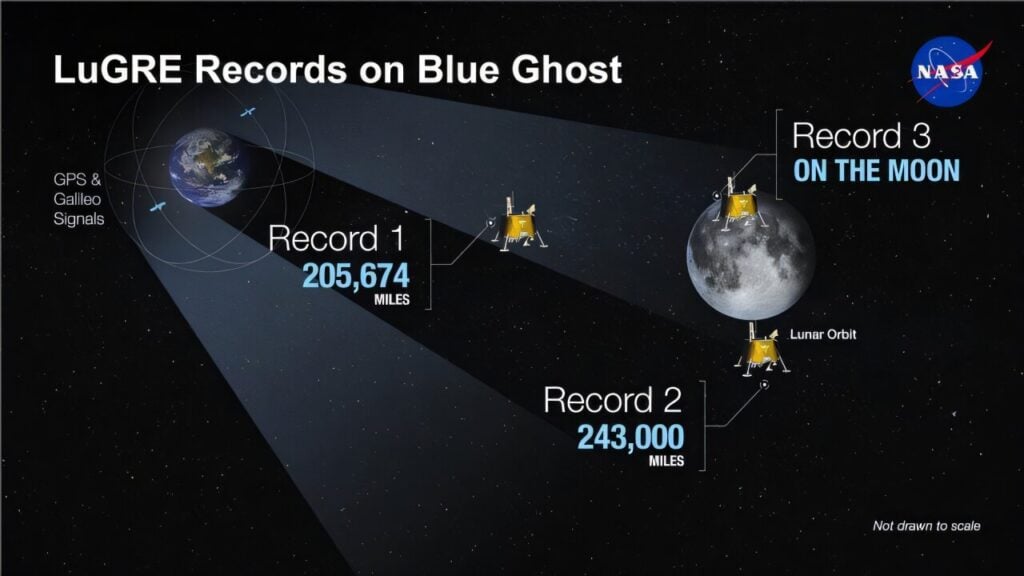
In addition to its surface accomplishments, LuGRE set multiple records during its journey. On January 21st, it acquired GNSS signals at a record-breaking altitude of 209,900 miles from Earth—surpassing the previous high set by NASA’s Magnetospheric Multiscale Mission. The payload later received signals from 243,000 miles away in lunar orbit on February 20th, confirming that GNSS signals can be used not only on the Moon but throughout cislunar space.
LuGRE was developed through a partnership involving NASA’s Goddard Space Flight Center, the Italian Space Agency, Italian industry partner Qascom, and Politecnico di Torino. The mission’s success demonstrates the growing potential of Earth-based navigation systems to support autonomous space exploration well beyond Earth orbit.
[ANS thanks the Katherine Schauer, NASA, for the above information]
VUCC & DXCC Satellite Standings for April 2025
VUCC Satellite Award/Endorsement Change Summary for March 01, 2025 to April 01, 2025
| Callsign | 03/01/2025 | 04/01/2025 |
| K8DP | 1737 | 1738 |
| W8LR | 897 | 900 |
| E70A | 504 | 796 |
| WD9EWK (DM43) | 737 | 774 |
| IK7FMQ | 651 | 701 |
| F6EQD | 420 | 629 |
| KO9A | 524 | 545 |
| JE1LFX | 216 | 506 |
| JI5USJ | 425 | 450 |
| N4QWF | 325 | 336 |
| WD9EWK (DM23) | 200 | 207 |
| WD9EWK (DM31) | 200 | 206 |
| VK3EHG | New | 130 |
| KB4YKC | New | 100 |
| KT8O | New | 100 |
KT8O is first VUCC Satellite holder from EN71. Congratulations to the new VUCC Satellite holders!
DXCC Satellite Award/Endorsement Change Summary for March 01, 2025 to April 01, 2025
| Callsign | 03/01/2025 | 04/01/2025 |
| DL2GRC | 160 | 184 |
| I3BUI | 167 | 169 |
| ZS1LS | 160 | 168 |
| AB9V | 156 | 158 |
| HB9RYZ | 155 | 157 |
| PE1L | 151 | 154 |
| EA6VQ | 147 | 151 |
| PA7RA | 144 | 147 |
| YO2RR | 142 | 145 |
| SP3AU | 140 | 144 |
| HB9GWJ | 137 | 141 |
| K8DP | 125 | 129 |
| E70A | New | 125 |
| CU3AN | 115 | 120 |
| IK8YSS | New | 111 |
| G4BWP | 105 | 110 |
| JJ1BMB | 101 | 110 |
| EA3BS | New | 106 |
| SV1HEP | New | 106 |
SV1HEP is first DXCC Satellite holder from KM18. Congratulations to the new DXCC Satellite holders!
[ANS thanks Jon Goering, N7AZ, for the above information]
Changes to AMSAT-NA TLE Distribution for April 4, 2025
Two Line Elements or TLEs, often referred to as Keplerian elements or keps in the amateur community, are the inputs to the SGP4 standard mathematical model of spacecraft orbits used by most amateur tracking programs. Weekly updates are completely adequate for most amateur satellites. TLE bulletin files are updated daily in the first hour of the UTC day. New bulletin files will be posted immediately after reliable elements become available for new amateur satellites. More information may be found at https://www.amsat.org/keplerian-elements-resources/.
NOTICE: In an effort to minimize confusion between sources of two line element sets, AMSAT is adopting the convention of listing the USSF/NORAD Satellite Catalog name first, followed by any secondary name or names in parentheses. For example, “POEM 4 (BGS ARPIT)” was added recently where “POEM 4” is the name that appears in the US Space Force Satellite Catalog, and “BGS ARPIT” is the name best known within the amateur satellite community. Expect name changes for affected satellites in the coming weeks as this change is fully implemented.
The following satellites have been added to this week’s AMSAT TLE distribution:
JINJUSat 1B NORAD Cat ID 63210 Downlink 435.185 MHz
NUSHSAT 1 NORAD Cat ID 63211 Downlink 436.200 MHz
DRAGON Fram2 NORAD Cat ID 63427 Downlink 437.550 MHz
Please note that the elements provided for “DRAGON Fram2” are provided by the US Space Force, while “Fram2Ham” are derived from state vectors provided by SpaceX and converted to TLE by ARISS. AMSAT TLE for “Fram2Ham” continue to use the provisional object number 90000. There is no practical difference between the element sets for Amateur Radio use. Hats off to SpaceX for a precision orbital injection, the inclination of this polar orbit is 90.00 degrees.
[ANS thanks AMSAT Orbital Elements page for the above information]
ARISS NEWS
Amateurs and others around the world may listen in on contacts between amateurs operating in schools and allowing students to interact with astronauts and cosmonauts aboard the International Space Station. The downlink frequency on which to listen is 145.800 MHz worldwide.
+ Recently Completed
Sayama Technical High School, Sayama, Japan, direct via JA1YUT
The ISS callsign was OR4ISS
The scheduled crewmember was Takaya Onishi KF5LKS
The ARISS mentor was 7M3TJZ
Contact was successful: 2025-04-02 09:07:21 UTC
Watch the Livestream at: https://space.sayama.jp/
Congratulations to the Sayama Technical High School students!
Université de Namur, Namur, Belgium, telebridge via IK1SLD
The ISS callsign was OR4ISS
The scheduled crewmember was Don Pettit KD5MDT
The ARISS mentor was ON6TI
Contact was successful: 2025-04-02 15:11:17 UTC
Watch the Livestream at: https://www.youtube.com/live/MGHDLglTDAs
Congratulations to the Université de Namur students!
City of St. Petersburg School, St. Petersburg, Russia, direct via TBD
The ISS callsign was RSØISS
The scheduled crewmember was Aleksey Ovchinin
The ARISS mentor was RV3DR
Contact was successful: 2025-04-03 12:45 UTC
Congratulations to the City of St. Petersburg School students!
Ufa City School, Ufa, Russia, direct via TBD
The ISS callsign was RSØISS
The scheduled crewmember was Ivan Vagner
The ARISS mentor was RV3DR
Contact was successful: 2025-04-04 10:25 UTC
Congratulations to the Ufa City School students!
+ Upcoming Contacts
Lyceum No. 23 of Kaliningrad City, Kaliningrad, Russia, direct via TBD
The ISS callsign is presently scheduled to be RSØISS
The scheduled crewmember is TBD
The ARISS mentor is RV3DR
Contact is go for Mon 2025-04-07 11:10 UTC
Many times a school may make a last minute decision to do a Livestream or run into a last minute glitch requiring a change of the URL but we at ARISS may not get the URL in time for publication. You can always check https://live.ariss.org/ to see if a school is Livestreaming.
ARISS outage upcoming on Monday/Tuesday. ARISS radios on the International Space Station will power off in support of Soyuz docking.
Schedule: Radios turned off Monday April 07 about 16:45 UTC | 12:45 PM ET / Radios back on Tuesday April 08 about 16:45 UTC | 12:45 PM ET.
The crossband repeater continues to be active (145.990 MHz up {PL 67} & 437.800 MHz down). If any crewmember is so inclined, all they have to do is pick up the microphone, raise the volume up, and talk on the crossband repeater. So give a listen, you just never know.
The packet system is also active (145.825 MHz up & down).
As always, if there is an EVA, a docking, or an undocking; the ARISS radios are turned off as part of the safety protocol.
Note, all times are approximate. It is recommended that you do your own orbital prediction or start listening about 10 minutes before the listed time.
The latest information on the operation mode can be found at https://www.ariss.org/current-status-of-iss-stations.html
The latest list of frequencies in use can be found at https://www.ariss.org/contact-the-iss.html
[ANS thanks Charlie Sufana, AJ9N, one of the ARISS operation team mentors for the above information]
Upcoming Satellite Operations
None currently posted.
A growing number of satellite rovers are currently engaged in sharing their grid square activations on https://hams.at. By visiting the website, you gain easy access to comprehensive information about the operators responsible for activating specific grid squares. Additionally, you have the ability to assess the match score between yourself and a particular rover for a given pass, while also being able to identify the upcoming satellite passes that are accessible from your location.
[ANS thanks Ian Parsons, K5ZM, AMSAT rover page manager, for the above information]
AMSAT Ambassador Activities
AMSAT Ambassadors provide presentations, demonstrate communicating through amateur satellites, and host information tables at club meetings, hamfests, conventions, maker faires, and other events.
AMSAT Ambassador Tom Schuessler, N5HYP, reports:
I will be giving a couple of local presentations on getting started with satellites in the Dallas/Fort Worth Texas area this month.
Thursday, April 10th, by Zoom to the Metrocrest Amateur Radio Society (MARS), at 7PM. More information on their meetings can be found at https://www.kb5a.org/ .
Monday, April 28th, 7PM for the Denton County Amateur Radio Association (DCARA), In-person presentation. Details on the calendar at https://dcara.net/club-calendar/ .
Also, I do want to remind AMSAT members in the Metroplex, that we run two AMSAT nets weekly. DFW AMSAT-East on Tuesdays at 8PM CT (Except for the first Tuesday) on the 146.88 W5FC Dallas Amateur Radio Club repeater, PL 110.9. Also available on Echolink W5FC-R, node 37247 and on Allstar, search W5FC node 555178.
Every Wednesday night at 9PM CT, on the Arlington Amateur Radio Club K5SLD 147.14 for DFW AMSAT-West.
Hope you can make one of these presentations, or join in on the nets, especially if you live in the area.
Brainerd MN Area Hamfest – April 12th, 2025
Brainerd National Guard Armory
1115 Wright Street
Brainerd, MN 56401
https://brainerdham.org/
AD0HJ, KE0PBR
Dayton Hamvention – May 16th thru 18th, 2025
Greene County Fair and Expo Center
210 Fairground Road
Xenia, OH 45385
https://hamvention.org/
[ANS thanks Bo Lowrey, W4FCL, Director – AMSAT Ambassador Program, for the above information]
AMSAT Remove Before Flight Key Tags Now Available
Yes, These are the Real Thing!
Your $20 Donation Goes to Help Fly a Fox-Plus Satellite
Includes First Class Postage (Sorry – U.S. Addresses Only)
Order Today at https://www.amsat.org/product/amsat-remove-before-flight-keychain
Satellite Shorts From All Over
+ Didn’t get enough SSTV last week? The International Space Station will be transmitting special Slow Scan Television (SSTV) images to celebrate Cosmonautics Day, which honors Yuri Gagarin’s historic first spaceflight on April 12, 1961. The SSTV event is organized by ARISS (Amateur Radio on the International Space Station) and will run from April 11 through the weekend. A total of 12 images will be broadcast in PD120 mode on the standard downlink frequency of 145.800 MHz FM. Enthusiasts around the world can receive these images using a VHF radio or SDR, along with SSTV decoding software such as MMSSTV, RX-SSTV, or Robot36. This is a great opportunity for amateur radio operators and space fans alike to collect commemorative images directly from orbit. Be sure to check ISS pass times for your location so you don’t miss the transmissions. (ANS thanks ARISS for the above information)
+ NASA astronaut Jonny Kim, along with Roscosmos cosmonauts Sergey Ryzhikov and Alexey Zubritsky, will launch aboard the Soyuz MS-27 spacecraft to the International Space Station on Tuesday, April 8th, at 05:47 UTC from the Baikonur Cosmodrome in Kazakhstan. After a three-hour, two-orbit journey, they are scheduled to dock at the station’s Prichal module at approximately 09:03 UTC and join the Expedition 72/73 crew. This marks the first spaceflight for Kim and Zubritsky, and the third for Ryzhikov, with the mission lasting about eight months. They will work alongside international astronauts and cosmonauts to advance scientific research aboard the ISS. NASA will provide live coverage of the launch, docking, and hatch opening events on NASA+, including hatch opening at approximately 11:20 UTC. This mission continues the ISS’s legacy as a vital platform for long-duration spaceflight research, supporting NASA’s broader goals, including the Artemis campaign and future missions to Mars. (ANS thanks NASA for the above information)
+ On March 22, 2025, a team of amateur radio astronomers used the historic Dwingeloo telescope to successfully bounce a radio signal off Venus and receive its echo, marking only the second amateur Earth-Venus-Earth (EVE) bounce ever achieved. The first amateur EVE was accomplished in 2009 by AMSAT-DL using the 20-meter radio telescope at the Bochum Observatory. During this recent experiment, Venus was at its closest approach to Earth—about 42 million kilometers away—allowing for a 280-second round-trip signal travel time. The team transmitted a 278-second tone at 1299.5 MHz and repeated the cycle four times, with both Dwingeloo and the more sensitive Stockert telescope successfully receiving the echoes. Signal analysis, including Doppler corrections and frequency binning, showed detections with up to 9.2 sigma significance when combining data from both sites. Although a transmitter issue cut short plans for more complex signal testing, the team looks forward to continuing the experiment during the next Venus conjunction in October 2026, with support from organizations like the Deep Space Exploration Society, Open Research Institute, and many dedicated volunteers. (ANS thanks Dwingeloo Radio Telescope (CAMRAS) for the above information)
+ NASA’s Parker Solar Probe has completed its second daring flyby of the sun, coming within 3.8 million miles of its surface at speeds nearing 430,000 mph, while collecting valuable data on solar wind and the sun’s corona. The spacecraft operated autonomously during the approach, using four specialized instruments to study the sun’s outer atmosphere. This mission marks another historic milestone in solar science, as Parker continues to rewrite what we know about our star and helps scientists better predict space weather. The spacecraft’s extreme performance is made possible by cutting-edge technologies, including a heat shield, self-cooling solar arrays, and autonomous systems. In recognition of these innovations, the Parker Solar Probe team—comprising NASA, the Johns Hopkins Applied Physics Lab, and over 40 partners—was awarded the prestigious 2024 Robert J. Collier Trophy. Launched in 2018 and managed under NASA’s Living With a Star program, the probe is expected to make another close approach in June, continuing its groundbreaking journey into uncharted solar territory. (ANS thanks Space.com for the above information)
+ NASA and Boeing are working together to prepare the CST-100 Starliner spacecraft for its next crewed flight, which is expected in late 2025 or early 2026. This follows the spacecraft’s first crewed mission, which experienced a propulsion system failure that extended an eight-day mission to a nine-month stay for astronauts Butch Wilmore and Suni Williams, who later returned via SpaceX’s Dragon capsule. In response, teams are conducting extensive testing and analysis, including propulsion system evaluations at White Sands Test Facility to address overheating issues and helium leaks. Over 70% of the anomalies from the previous mission have been resolved, but major propulsion issues remain under review into 2025. Boeing’s ongoing work on Starliner, which has cost over $2 billion, is part of NASA’s broader strategy to maintain flexible and safe access to space through commercial partnerships. If testing proceeds as planned, Starliner’s next mission could support either crew or cargo transport to the International Space Station. (ANS thanks Reuters and NASA for the above information)
Join AMSAT today at https://launch.amsat.org/
In addition to regular membership, AMSAT offers membership to:
* Societies (a recognized group, clubs or organization).
* Primary and secondary school students are eligible for membership at one-half the standard yearly rate.
* Post-secondary school students enrolled in at least half-time status shall be eligible for the student rate for a maximum of 6 post-secondary years in this status.
* Memberships are available for annual and lifetime terms.
Contact info [at] amsat.org for additional membership information.
73 and remember to help Keep Amateur Radio in Space!
This week’s ANS Editor, Mitch Ahrenstorff, ADØHJ
mahrenstorff [at] amsat.org

